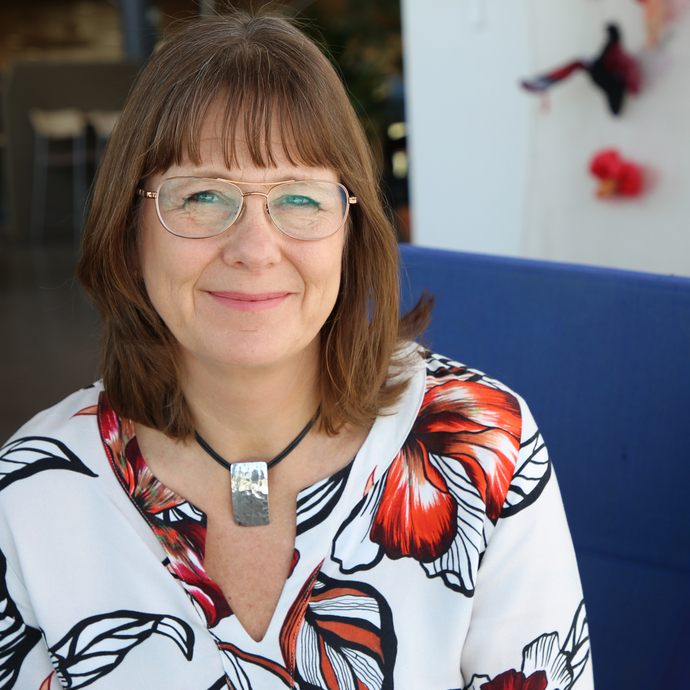Marie Nilsberth, Associate Professor at Karlstad University, is the Principal Investigator for the Connected Classrooms Nordic (CCN) project, along with Associate Professor Anna Slotte of the University of Helsinki. Below, Nilsberth discusses the CCN project’s work so far and how it contributes to our understanding of technology-rich classrooms.
Technology in classrooms is a complex picture
Research points to both possibilities and problems with the digitalisation of education. In the Connected Classrooms Nordic (CCN) project, we believe that it is important not to see digitalisation as one process but several, which also means that we need to talk about different qualities in relation to different aspects of teaching and learning.
In CCN, we start from the perspective of students and teachers and try to understand what digital technology means in the actual teaching situation, with all the complexity it entails.
We have used video recordings that follow focus students from three different camera angles in different school subjects, and have invited teachers and students to participate in our analytic work in order to better understand what they see as the most significant aspects of teaching quality.

We also do empirical analyses of the video recordings, focusing on social and material aspects of technology when teachers and students interact in connected and digitalised classrooms.
We work with several sub-studies that highlight the students' perspective on teaching. Through this analysis, we have seen how digital technologies are constantly present in students’ schoolwork, and how the students often become each other's resources for managing technology in school assignments.
A collaboration between teachers and researchers
Different teachers involve digital technology in their teaching to varying degrees, but we see few examples of explicit instruction on how students can benefit from technology in the best way in relation to different subject content and texts.
As one strand of the project, we have also analysed if – and if so, how – the CCN research activities contributed to the teachers' professional development, and recently published an article based on our work in Swedish schools. In this article we show how the recurring conversations between researchers and teachers contributed to creating physical, semantic and social learning spaces that could support the development process that the school itself had initiated around digitalisation.
Schools today are under pressure to work with a large variety of development processes, and in order for the collaboration between research and practice to make an impact, it is important that the collaboration is based on, and relates to, the work that is already taking place in the schools.
Implications
When we look at the CCN project’s findings so far, they have implications on many levels. First is that it is important to give more nuanced and multi-facetted descriptions of the role of digital technology from the students’ perspective. It is not simply a question of whether to use screens or use printed books in schoolwork, as it sometimes can sound like in the public debate. We need to develop our thinking about how different technologies interplay in new media ecologies, and what that means in relation to students’ diverse needs.
Second, we want to contribute to the thinking about how researchers and teachers can work together and inform each other, while also recognizing that they are in different professional contexts with different missions and time scales.
Third, it is important to further the discussion about digitalisation in education beyond questions of digital competence as separate from other classroom practices. The digital society is already a reality, and if education is going to prepare young people for active citizenship in an uncertain future, it should teach them how to use and understand digital technology for learning purposes, based on critical thinking and research-based knowledge.
